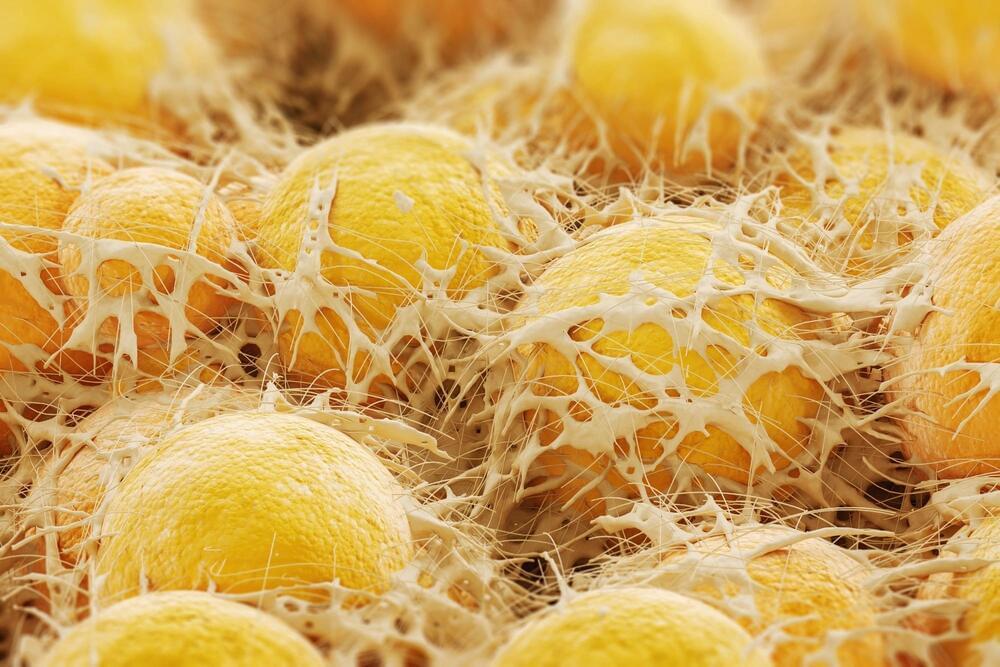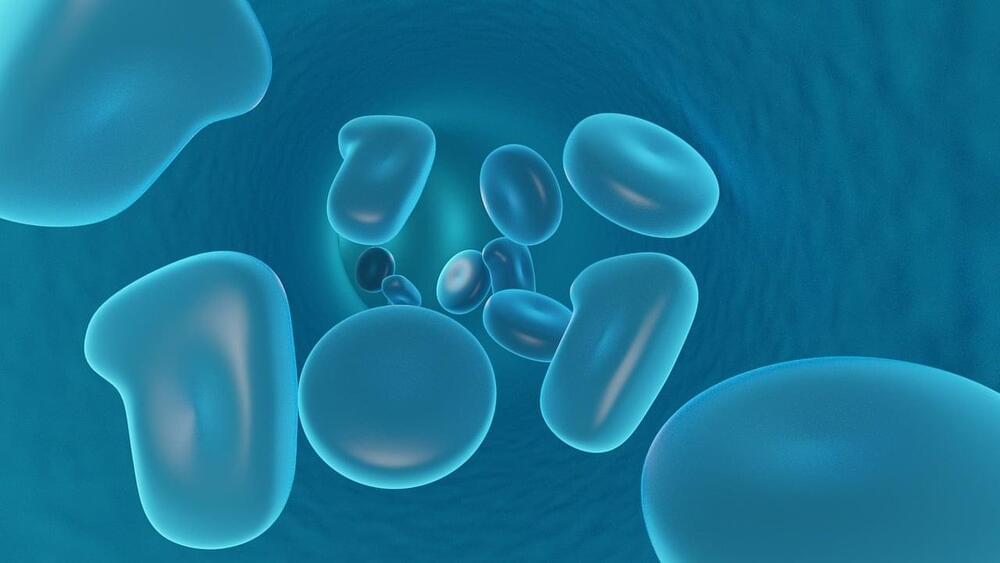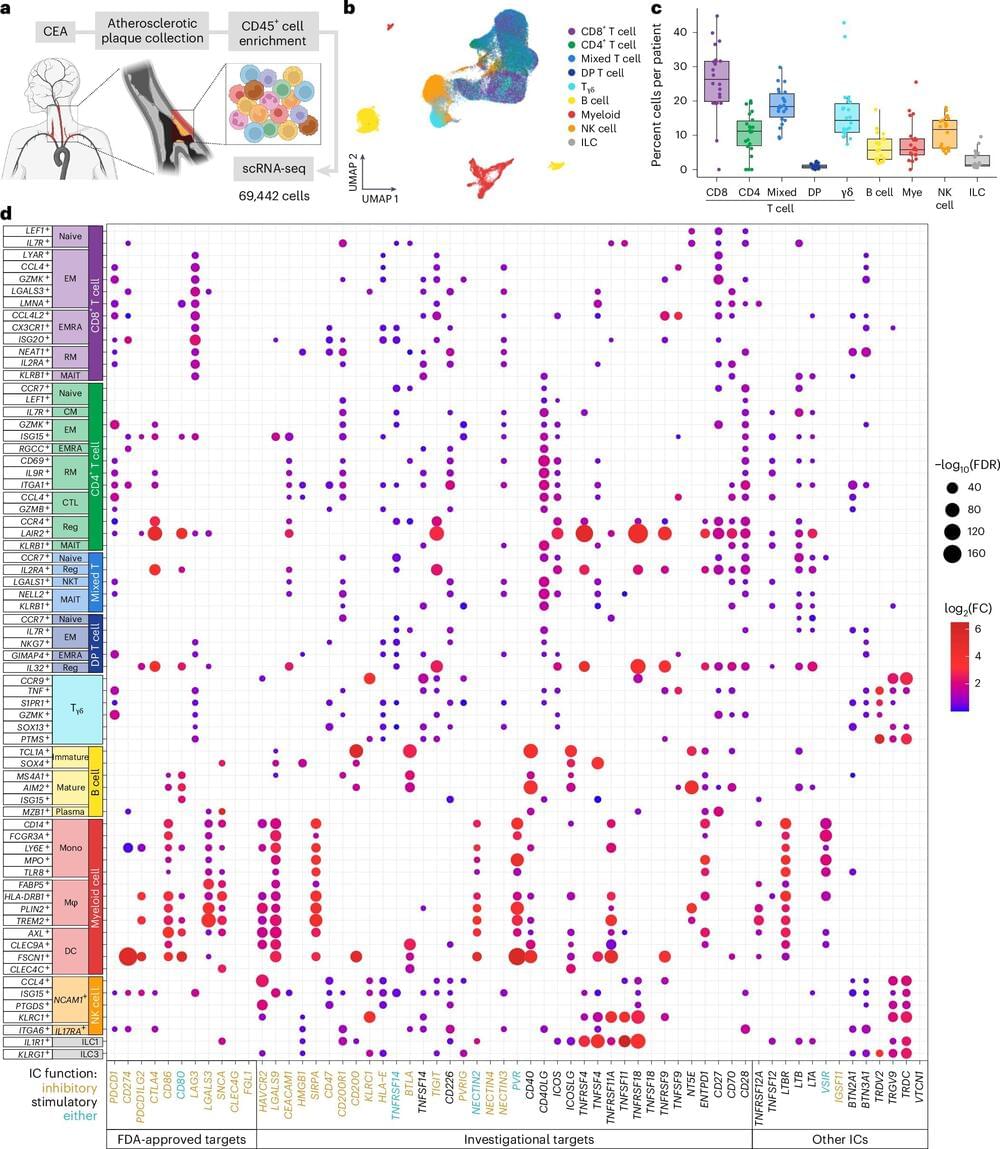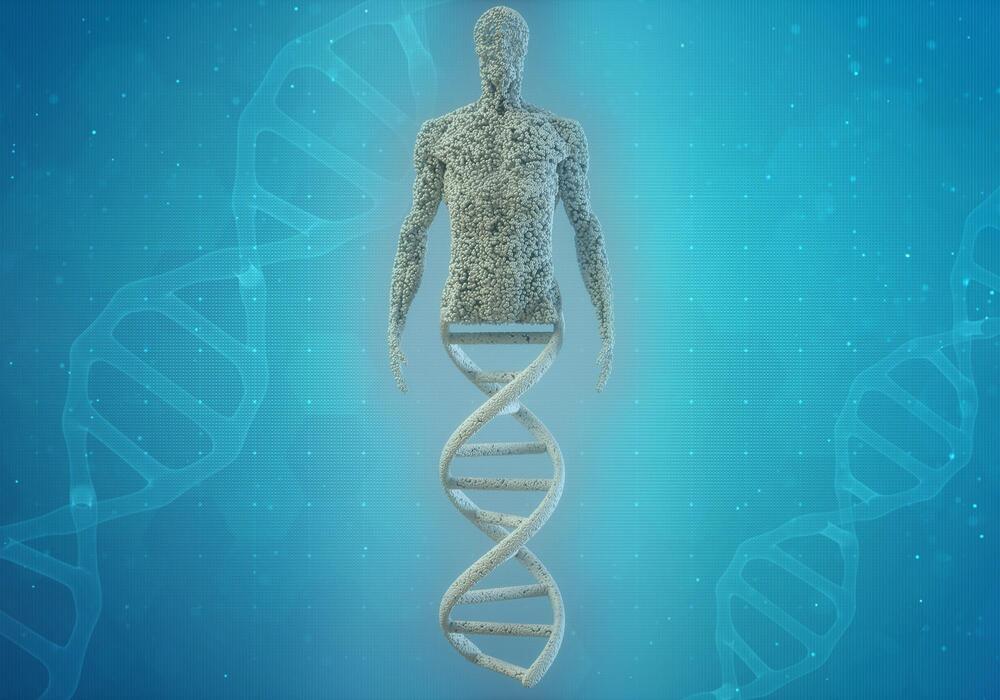Blurry vision may not really be a problem with your eyes. It’s usually no big deal, but it could be a sign of a serious illness or medical emergency.





For the first time, scientists have invented a liquid ink that doctors can print onto a patient’s scalp to measure brain activity. The technology, presented December 2 in the journal Cell Biomaterials, offers a promising alternative to the cumbersome process currently used for monitoring brainwaves and diagnosing neurological conditions. It also has the potential to enhance non-invasive brain-computer interface applications.
“Our innovations in sensor design, biocompatible ink, and high-speed printing pave the way for future on-body manufacturing of electronic tattoo sensors, with broad applications both within and beyond clinical settings,” says Nanshu Lu, the paper’s co-corresponding author at the University of Texas at Austin.
Electroencephalography (EEG) is an important tool for diagnosing a variety of neurological conditions, including seizures, brain tumors, epilepsy, and brain injuries. During a traditional EEG test, technicians measure the patient’s scalp with rulers and pencils, marking over a dozen spots where they will glue on electrodes, which are connected to a data-collection machine via long wires to monitor the patient’s brain activity. This setup is time consuming and cumbersome, and it can be uncomfortable for many patients, who must sit through the EEG test for hours.

A team of researchers has uncovered a previously unknown phenomenon that could improve the way we design materials at the molecular level. By unlocking a transformation between two types of structural defects on the surface of liquid droplets, the research opens new possibilities for controlling molecular patterns with unprecedented precision. This discovery has broad applications across a range of technologies, including vaccine design, the creation of self-assembling structures, and the synthesis of complex nanoparticles.
When guest molecules are positioned on liquid droplet surfaces, they typically spread out quickly due to diffusion, making it challenging to achieve precise control over their placement. However, the researchers discovered that droplets made from certain materials undergo a process known as “interfacial freezing,” in which the droplet’s surface forms a crystalline molecular monolayer while the bulk of the droplet remains liquid.
This process leads to a spherical shape with a hexagonal surface structure, where the curvature of the surface dictates the formation of structural defects. The defects thus formed are critical to controlling the behavior of guest molecules.

Immunotherapies have shaped the cancer research space over the past decade, proving effective for the treatment of some advanced cancers that previously had no therapeutic options. Chimeric antigen receptor T-cell (CAR T-cell) therapy is one immunotherapeutic approach that has recently garnered significant attention. In brief, CAR T-cell therapy involves removing a patient’s immune cells, altering them in a laboratory setting to make them better primed to detect and kill cancer cells, and delivering the modified cells back to the patient.
A recent study published in the New England Journal of Medicine shows exciting new evidence of the benefits of CAR T cell therapy. The study (NCT04404660) tested the treatment modality called obecabtagene autoleucel (obe-cel), a CAR T-cell therapy that recognizes CD19, a marker expressed on leukemia cells. Unlike other CAR T-cell modalities used to treat leukemia, obe-cel recognizes the CD19 marker with only “intermediate affinity” instead of the “high affinity” recognition of comparable therapies. Researchers suspected the lower affinity associated with obe-cel would correlate with reduced adverse effects experienced by patients receiving other CAR T-cell therapies.
The phase 1b-2 multicenter study, which included 153 adults with relapsed or refractory B-cell acute lymphoblastic leukemia (ALL), revealed promising results. Of the 127 patients who received at least one infusion of obe-cel, 77% experienced remission, with 55% achieving complete remission. The observed remission rates were significantly higher than expected, indicating notable efficacy of the treatment.

A new study from The Hospital for Sick Children (SickKids) and Institut Curie reveals how stem cells sense and respond to their environment, with implications for inflammatory bowel disease and colorectal cancer.
Stem cells constantly adapt to their environment to maintain organ and tissue health, informed by chemical signals and physical forces. When they do not function as intended, stem cells can result in a number of health conditions including inflammatory bowel disease (IBD) and colorectal (bowel) cancer, where they continue to divide until a tumor forms.
Until now, how stem cells sense the physical forces around them has remained unclear, but novel findings published in Science led by Dr. Meryem Baghdadi, a former SickKids postdoctoral researcher, Dr. Tae-Hee Kim at SickKids and Dr. Danijela Vignjevic at Institut Curie, has revealed that stem cells depend on two ion channels, called PIEZO1 and PIEZO2, for their survival.

A cancer therapy that prompts the body’s immune defenses against viruses and bacteria to attack tumors can make patients more vulnerable to heart attack and stroke. A possible explanation for this side effect is that the treatment interferes with immune regulation in the heart’s largest blood vessels, a new study suggests.
Led by researchers at NYU Langone Health and its Perlmutter Cancer Center, the new work focused on a potent class of cancer-fighting drugs called immune checkpoint inhibitors. These medications work by blocking molecules embedded on the surface of cells—immune checkpoints—which normally serve as “brake pedals” that prevent excess immune activity, or inflammation. Some tumors are known to hijack these checkpoints to weaken the body’s defenses, so by blocking the checkpoints, the treatments enable the immune system to kill tumor cells.
However, this treatment type may also trigger damaging levels of inflammation in the heart, brain, stomach, and other organs, the researchers say. For example, past studies have shown that about 10% of those with atherosclerosis, the buildup of hardened fatty deposits (plaques) within artery walls, have a heart attack or stroke following cancer treatment. However, the specific mechanisms behind this issue had until now remained unclear.
Cure-Focused Diabetes Research — Michael Burton & Prof. Matthias von Herrath — Diabetes Research Institute Foundation.
Michael J. Burton is the CEO of the Diabetes Research Institute Foundation (https://diabetesresearch.org/), a philanthropic organization which funds the Diabetes Research Institute, one of the largest and most comprehensive research centers dedicated to curing diabetes.
A passionate nonprofit executive, Michael has more than 30 years of experience in leading high-impact philanthropic programs and cultivating strategic relationships to secure transformative funding. Prior to assuming the role of CEO at DRIF, Michael advanced the missions of some of the nation’s most dynamic and trusted institutions including Princeton University, The Pew Charitable Trusts and the American Association for Cancer Research (AACR).
Michael’s accomplished nonprofit career includes significant contributions in the advancement of cancer research and care, most recently as President and CEO of Gateway for Cancer Research, a Chicago-based nonprofit engaged in funding early phase clinical research, where he began his tenure as Chief Development Officer. Prior to that, Michael served as Chief Development Officer and Executive Director of the Foundation at the AACR, the nation’s oldest and largest organization dedicated to the prevention and cure of all cancers. Michael’s 15 years of experience in the oncology sector also includes leading the development program at Fox Chase Cancer Center as Senior Vice President and Chief Development Officer.
Before working in the field of oncology, Michael had a distinguished career in higher education, most notably at the University of Pennsylvania, where he served as Special Assistant to the President during the tenure of Judith Rodin, the first female president of an Ivy League institution; and at Temple University, where he held the title of Assistant Dean and lead the development program at the Fox School of Business. Before entering higher education, Michael served as Legislative and Press Assistant to the late Congressman Tom Lantos, the only survivor of the Holocaust ever elected to Congress.

The Armenians, a population in Western Asia historically native to the Armenian Highlands, were long thought to be descendants of Phrygian settlers from the Balkans. This theory, rooted primarily in the writings of the Greek historian Herodotus, stemmed from his observation that Armenians serving in the Persian army were armed in a manner similar to the Phrygians. Linguists have also bolstered this theory, noting linguistic connections between the Armenian language and the Thraco-Phrygian subgroup of Indo-European languages.
But the first whole-genome study is challenging this long-held belief, revealing no significant genetic link between Armenians and the populations in the Balkan region. The study compares newly generated modern Armenian genomes and published genetic data of ancient individuals from the Armenian highlands with both modern and ancient genomes from the Balkans.